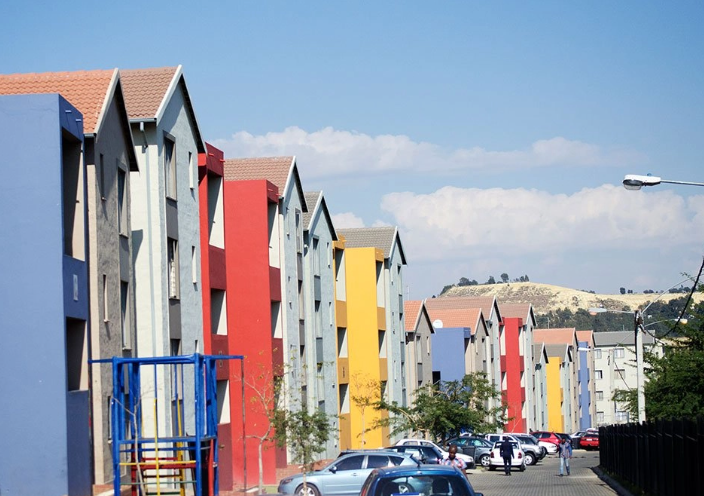Inclusivity insights: Two urban development projects in Johannesburg

Johannesburg, which is South Africa’s largest city and economic centre, is still influenced by patterns of inequality of the past. Although spatial transformation has been rapid since 1994, spatial divisions along class lines are still prevalent long after the apartheid era. This is despite the fact that societal values such as inclusivity, spatial justice, and equal access to resources have become the core goals of Johannesburg’s spatial and urban development. This is particularly true when addressing housing, public open spaces, transport, and social infrastructure embedded in a suitable land-use mix. However, despite the adoption of numerous policies by the government, this research indicates that even recent urban development projects such as Fleurhof and Waterfall are falling short of delivering those objectives.
Based on a case study analysis, we show that significant dysfunctionalities become evident when evaluating these two projects, despite their meeting relevant indicators of spatial inclusion on paper. Tensions are identified between theoretical approaches and the implementation of societally relevant policy goals. These include inclusivity and spatial justice by mostly privatised provision of housing and services, and deficiencies in public maintenance of infrastructure. The research reveals, that ‘ticking-the-boxes’ behaviour on policy and project level does not produce equitable, inclusive neighbourhoods and urban spatial patterns, but rather reproduces spatial inequalities of the past. If these policies are to result in real spatial change and improvement in the lives of Johannesburg residents, a more proactive approach by the public sector at different levels will be necessary.
Abstract based directly on source.


Comments